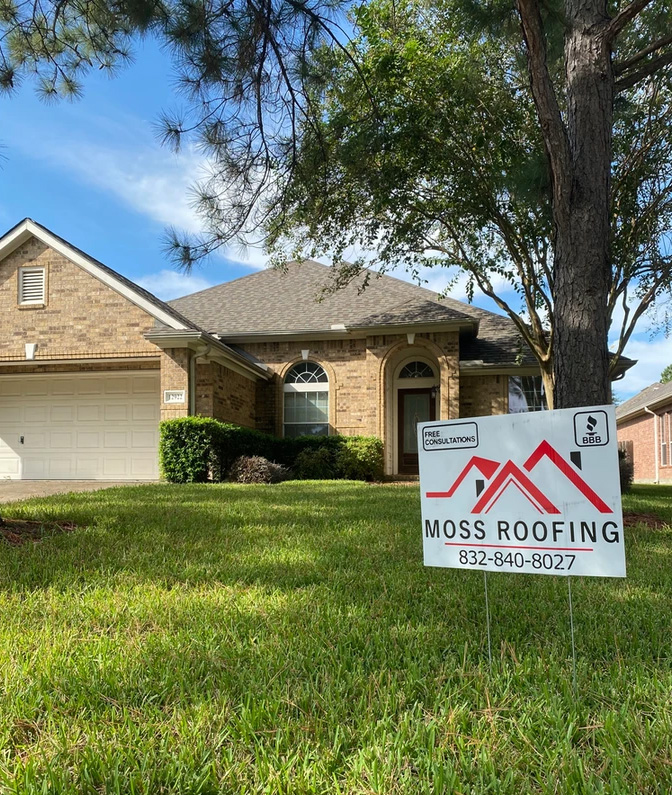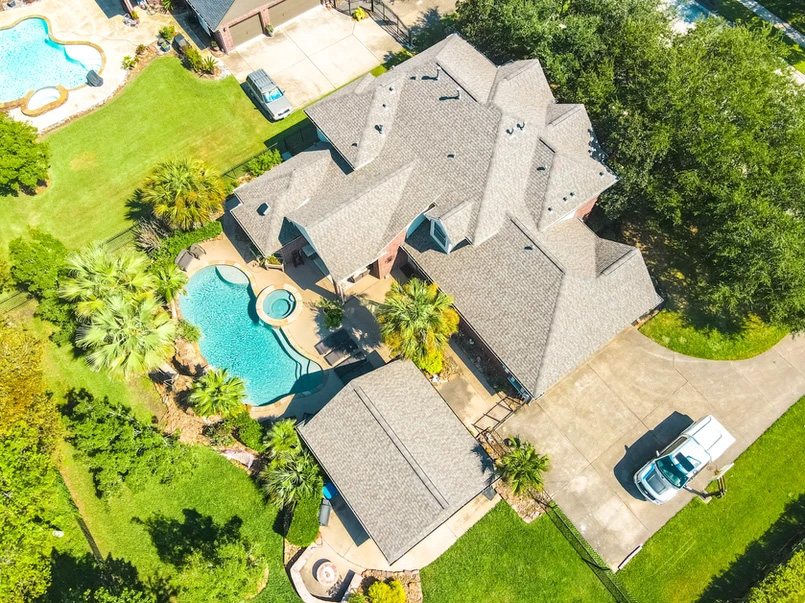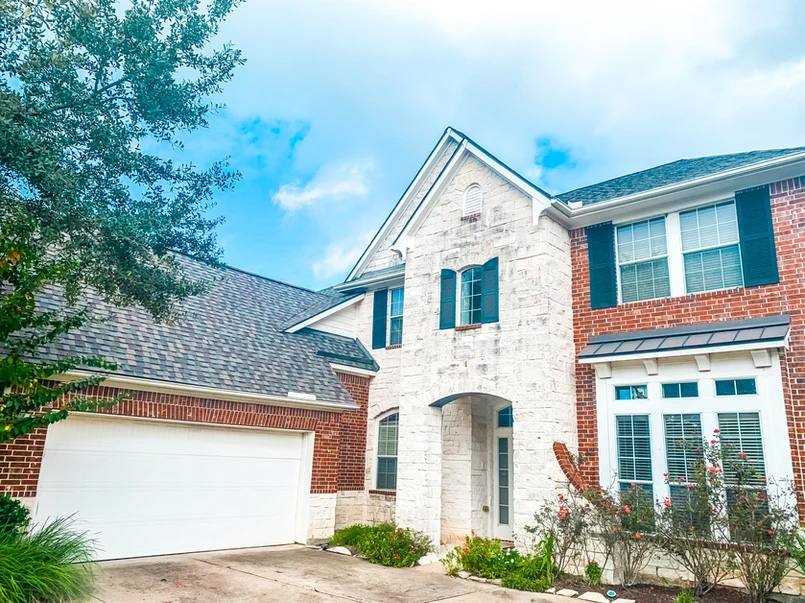Signs That It’s Time for a Roof Replacement

The replacement of an old or damaged roof may be necessary but it is also a wise home improvement. The roof protects everything within the house and is considered a key component of the home’s safety and integrity profile. A roof replacement may be needed due to age, wind, hail, tree damage, excessive moisture buildup, or a host of other conditions that can affect the serviceability of a roof. Replacing a roof is a significant investment, but a worthwhile one for the protection of property, increased home value, and for obtaining a lower homeowner insurance premium.
Here are some signs that it’s time for a roof replacement.
Exterior Damage and Wear
- Missing or Damaged Shingles or Tiles: Shingles that are cracked, curling, torn, brittle, or missing can no longer protect a home effectively. Roof tiles that are cracked or missing pose the same issue.
- Granule Loss: Finding granules from shingles in gutters or downspouts indicates that the shingles are deteriorating. As shingles age they become brittle, less pliable, and more susceptible to the loss of granules as UV rays and weather slowly lead to more roof deterioration.
- Sagging Roof: A sagging roof can be a sign of structural damage, often indicating that a replacement is needed. If the sub-roof has deteriorated due to moisture or an impact, both it and the roof will need to be replaced.
- Mold or Moss Growth: The presence of excessive mold, algae, or moss growth, as evidenced by dark streaks or patches of discoloration, can indicate moisture buildup and potential roof damage, especially in humid environments typical of coastal communities like Houston.
Interior Signs
- Water Damage and Leaks: Water stains on ceilings or walls, especially after a rain storm, suggest that the roof is no longer watertight. This is cause for a roof repair at a minimum and possibly an entire roof replacement.
- Mold and Mildew: The presence of mold or mildew inside your home could indicate that moisture is getting through your roof.
Age of the Roof
- Age: Some roofs have a lifespan of 20-25 years, depending on the materials used and how well the roof is maintained. If a roof is nearing or has surpassed this age or has been in disrepair, it may be time to consider a roof replacement.
Roof Decking Issues
- Light Showing Through Roof Boards: If sunlight can be seen coming through the roof boards when in the attic, it’s a clear sign that the roof needs attention. There could be a loss of shingles, deterioration of the roof decking, or something structural happening with the roof.
- Roof Decking Damage: Soft or sagging spots in the roof decking can indicate water damage and rot. This will need to be repaired before a new roof can be installed, but it is a good indication that the roof needs to be replaced.
Increased Energy Bills
- Higher Energy Bills: If home heating or cooling costs are rising, it might be because your roof is no longer providing adequate insulation. Many things can make heating and cooling costs go up, including the higher price of electricity and gas, but if all else is equal and costs continue higher, it may signal that it is time to think about a roof replacement to achieve better insulative values again.
Exterior Signs
- Damaged Flashing: The flashing placed around chimneys, vents, and skylights should be intact. Damaged or missing flashing can lead to leaks.
- Gutter Issues: If gutters frequently contain, are clogged with, or spill out shingle granules, it indicates that the roof is gradually wearing down and offering less protection from the sun and weather.
Professional Inspection
- Professional Assessment: Having a professional roofer inspect your roof can provide an accurate assessment of its condition and whether it needs replacement. They have years of experience inspecting and replacing roofs, know what roof damage looks like, and can determine how severe the damage may or may not be.
General Condition
- Appearance: If a roof looks old and worn out, it might be time to consider a replacement for both aesthetic and functional reasons. When shingles are new, they look 3-dimensional and vibrant. As a roof ages, it can look weathered, cracked, brittle, and flat compared to newly installed roofing.
Local Climate and Environmental Factors
- Weather Damage: If an area experiences severe weather conditions, such as hurricanes, hailstorms, heavy snow, or rain, the roof might need to be replaced sooner rather than later. These extreme weather conditions can bring down the life expectancy of a roof by a fair amount.
If noticing several or more of the signs above, it’s wise to consult with a roofing professional to determine the best course of action. A proactive approach can help avoid more extensive and expensive repairs in the future. It can also save on homeowner’s insurance since old roofs can cost quite a bit more to insure. New roofs typically get an insurance discount. For communities such as Houston, which has extreme temperature highs and lows, high humidity, hurricanes, high wind, hail, and big rain storms, these weather events can shorten the lifespan of a typical roofing system.





